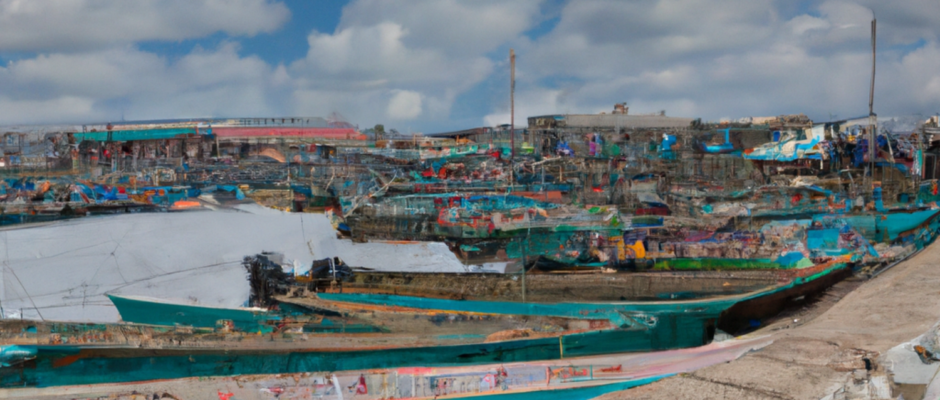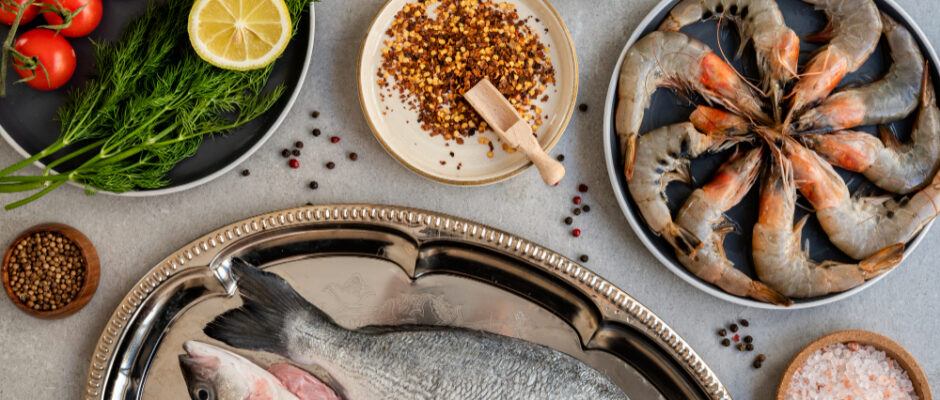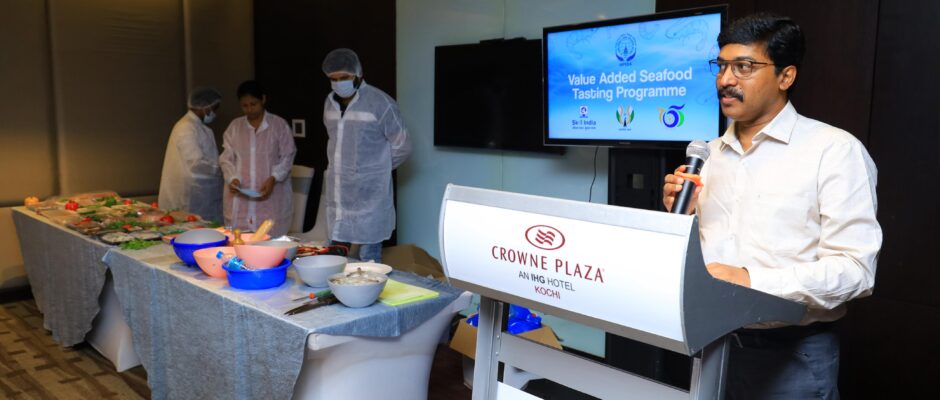ICAR-CMFRI Unveils Two New Seer Fish Species Enriching Indian Marine Biodiversity
In a groundbreaking development for marine fisheries, researchers at the ICAR-Central Marine Fisheries Research Institute (CMFRI) have identified two additional species of seer fish, a highly coveted high-value marine species. The team, led by Dr. E M Abdussamad, Principal Scientist of ICAR-CMFRI, unveiled the Arabian sparrow seer fish (Scomberomorus avirostrus) as an entirely new discovery to science. Additionally, they resurrected the Russell’s spotted seer fish (Scomberomorus leopardus), previously considered a synonym of the spotted seer fish. Dr. Abdussamad’s team’s findings revealed that the spotted seer fish (Scomberomorus guttatus), once believed to be a single species, comprises three distinct species. This includes the newly identified seer fish, the resurrected seer fish, and the existing spotted seer fish. This revelation increases the total number of high-demand seer fish species in Indian waters from four to six. This taxonomic breakthrough stemmed from an extensive study of spotted seer fish along the Indian coast, emphasizing significant differences in morphometry and genetic structure among specimens from various coastal regions. The newly discovered Arabian sparrow seer fish earned its name from the ICAR-CMFRI team due to its distinctive bird-beak-like snout. Found along the Arabian Sea coast north of Mangalore, its distribution extends to the Arabian Gulf. The other two species are distributed along the Bay of Bengal coast north of Nagapattinam, encompassing the Andaman Seas and China Sea. These seer fish species, known for their delectable flavor and high market value, are smaller in size and predominantly inhabit nearshore waters. Dr. Abdussamad emphasized the significance of this achievement in advancing our understanding of marine biodiversity. This breakthrough not only contributes to marine taxonomy and fisheries research but also holds the potential to benefit India’s marine fisheries sector significantly. The ICAR-CMFRI team’s latest discoveries add to their previous findings, which include new species of barracuda, chub mackerel, and queenfish. Source: Central Marine Fisheries Research Institute
















